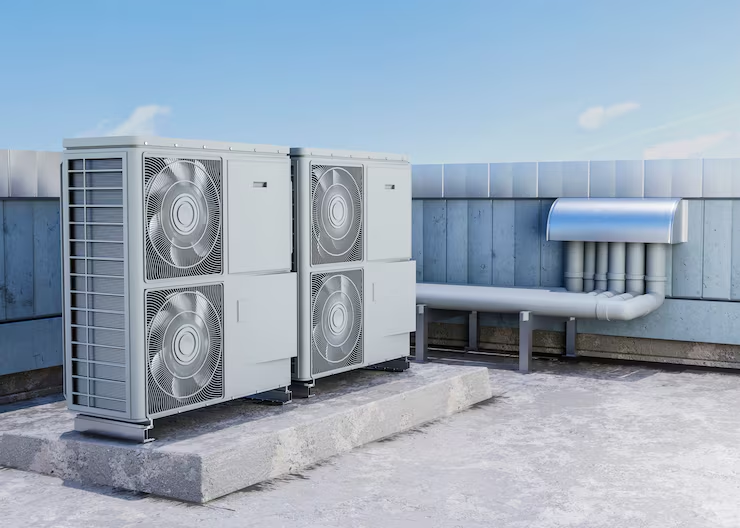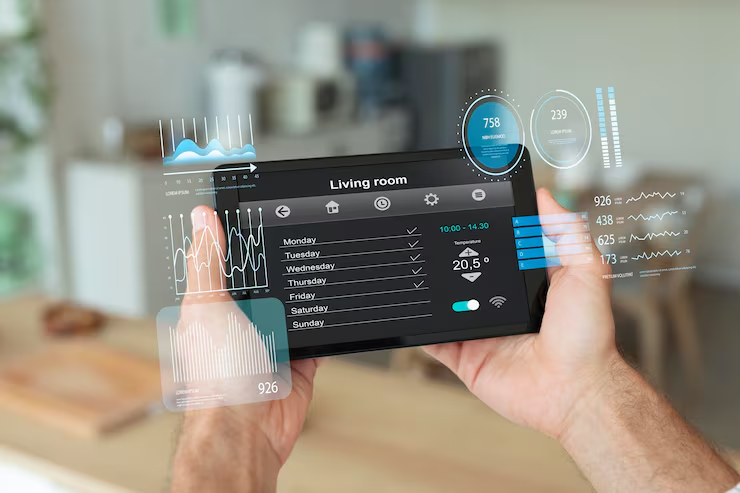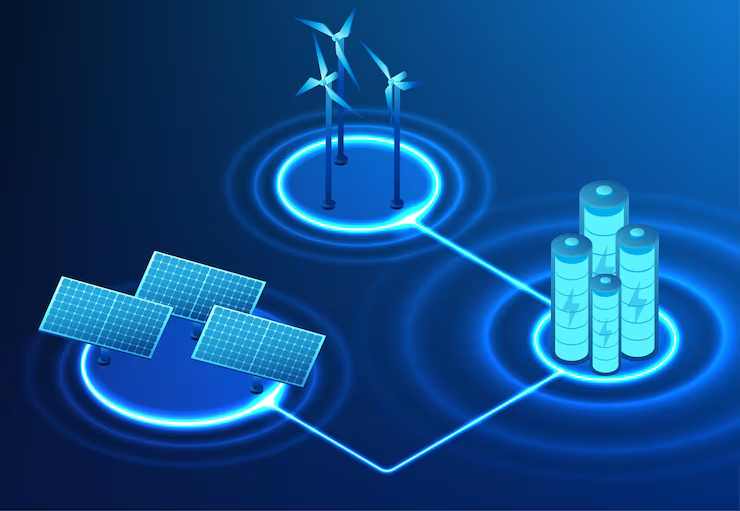
Top 5 Reasons to Upgrade Your Outdated HVAC System
October 5, 2025
AI-driven Control Algorithms
October 16, 2025As global energy demands rise and environmental standards become increasingly strict, the way buildings are designed and operated is undergoing a major transformation. The future of construction lies in integrated energy systems — intelligent networks that combine heating, cooling, ventilation, and renewable energy generation into one cohesive, high-performance solution.
At Evergreen Energy Ascent Ltd, we believe that integrated energy systems are not only the future of sustainable development but also a critical step toward achieving Canada’s net-zero goals. By merging HVAC, Photovoltaic, and Solar Thermal technologies, buildings can achieve unprecedented levels of energy efficiency, cost reduction, and environmental responsibility.
The Power of Integration
Traditionally, mechanical systems such as HVAC, water heating, and electrical power were designed and managed independently. However, this fragmented approach often led to inefficiencies and higher operational costs. Integrated systems, on the other hand, allow all energy components to work together — recycling waste heat, storing renewable energy, and optimizing power usage in real time. The result is a smarter building that adapts dynamically to changing energy demands.
Synergy Between HVAC and Renewable Energy
Modern HVAC systems, when combined with photovoltaic panels and solar thermal collectors, create a closed-loop system that maximizes efficiency. For example, solar-generated electricity can power HVAC equipment, while solar thermal systems supplement heating needs, reducing reliance on traditional energy sources. This synergy allows buildings to minimize carbon emissions while maintaining comfort and reliability year-round.
Economic and Environmental Benefits
Integrated energy systems offer measurable economic advantages. By reducing grid dependency and lowering energy waste, property owners benefit from long-term cost savings and improved return on investment. Moreover, these systems significantly cut greenhouse gas emissions, helping organizations meet sustainability standards and enhance their corporate environmental profile.
Smarter Monitoring and Control
At the heart of integration lies intelligence. Advanced monitoring platforms and automated control systems analyze energy data in real time to fine-tune system performance. This smart management ensures optimal efficiency, predictive maintenance, and seamless interaction between all energy components — from HVAC to solar generation.
Building the Future Today
Integrated energy systems are more than a technological upgrade; they represent a new philosophy of sustainable design. Through engineering innovation and renewable energy integration, Evergreen Energy Ascent Ltd helps clients create buildings that are self-sufficient, resilient, and environmentally responsible. These future-ready structures not only reduce operating costs but also contribute to a cleaner, more sustainable Canada.
Conclusion
The buildings of tomorrow will not simply consume energy — they will produce, manage, and optimize it. Integrated energy systems mark the next stage in smart construction, where performance and sustainability coexist seamlessly. With expertise in HVAC, photovoltaic, and solar thermal technologies, Evergreen Energy Ascent Ltd is proud to be part of this transformation, engineering solutions that lead Canada toward a more sustainable and energy-efficient future.

